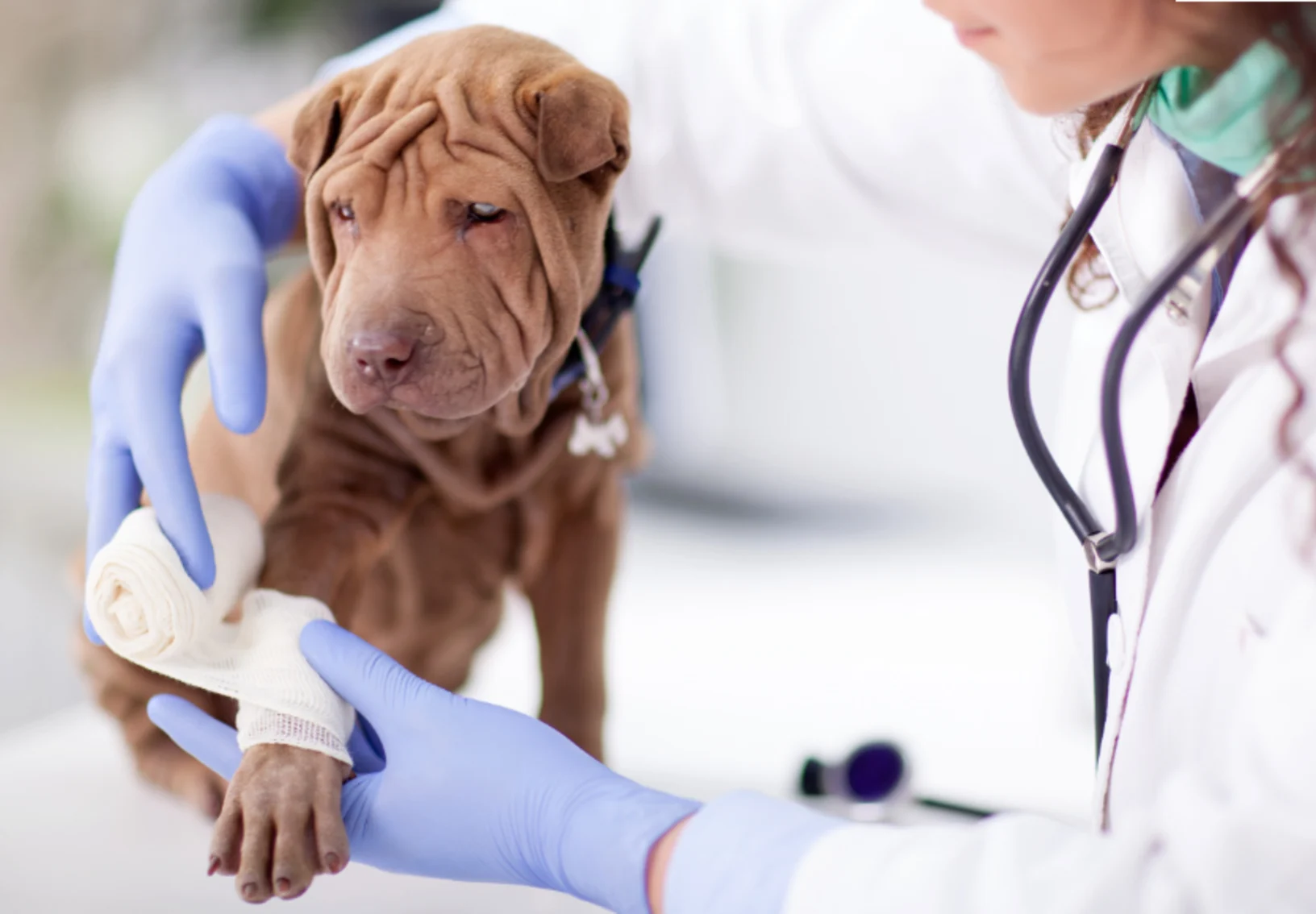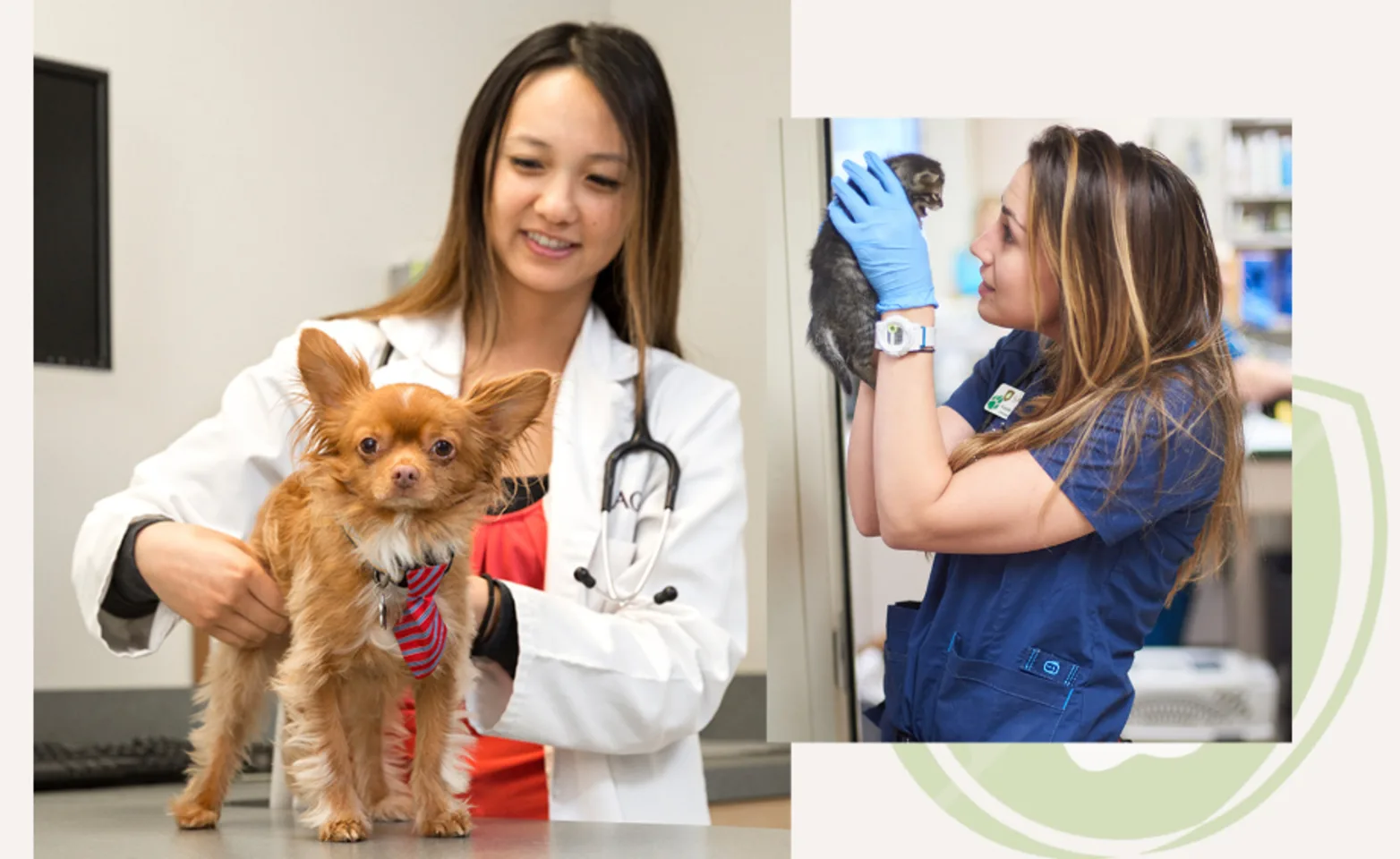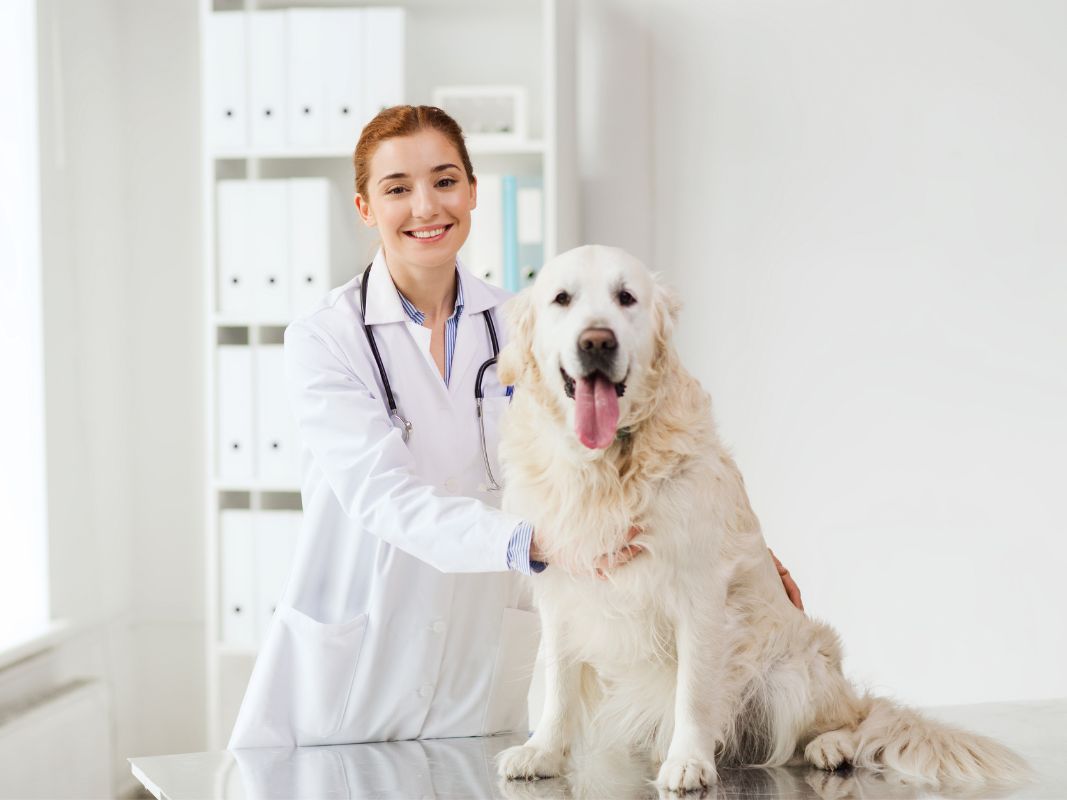Post-Op Recovery Guide After Your Dog’s tplo surgery
Post-Op Recovery Guide After Your Dog’s tplo surgery
Blog Article
Why Animal Rehabilitation Is Important: the Advantages of Veterinarian Solutions for Your Family pet's Recuperation
Animal recovery is a crucial component of recuperation for pets dealing with injuries or disabilities. Vet solutions offer crucial support via tailored rehab plans that deal with private needs. These strategies frequently consist of discomfort administration, physical therapy, and nutritional guidance. Understanding the various aspects of pet rehab can brighten its relevance in improving recovery outcomes. What certain benefits do these services offer, and how can they change an animal's healing trip?
Understanding Pet Recovery
Pet rehabilitation includes a series of restorative methods targeted at restoring the health and wellness and performance of hurt or impaired animals. This area integrates numerous methods, consisting of physical therapy, hydrotherapy, and job-related therapy, tailored to satisfy the particular requirements of each animal. Rehabilitation specialists assess a pet's problem, developing individualized therapy strategies that might involve exercises to reinforce muscle mass, enhance mobility, and improve total wellness. The procedure not only focuses on physical recovery but additionally addresses emotional and behavioral elements. Pets frequently experience anxiety and stress and anxiety complying with an injury, making mental health and wellness considerations necessary in rehab. By developing a supportive environment, therapists can assist pets regain their confidence and adjust to their new conditions. With regular sessions, pets can experience significant improvements, ultimately causing a far better quality of life. Overall, understanding pet rehab highlights its relevance in promoting recovery and boosting the bond in between pets and their owners.
The Role of Discomfort Management in Recuperation
Exactly how important works discomfort administration in the recovery of hurt pets? It plays an important duty in facilitating recovery and boosting the general well-being of pet dogs. Correct pain management not just alleviates pain but likewise advertises mobility, enabling pets to take part in rehabilitation activities essential for recovery. When discomfort is efficiently handled, pets tend to respond positively to treatment, leading to quicker rehabilitation outcomes.Veterinarians make use of different approaches to evaluate and resolve discomfort, including medicines, acupuncture, and different treatments. By tailoring pain administration strategies to the specific demands of each pet, veterinarians can guarantee that animals continue to be calm and cooperative throughout their recuperation trip. Additionally, reducing pain helps lower tension, which can prevent recovery and prolong healing times. To sum up, efficient discomfort administration is essential for enhancing the recovery process and enhancing the lifestyle for damaged animals.
Physical Treatment Strategies for Family Pets
Countless physical treatment strategies are available to assist in the rehabilitation of animals recovering from injuries or surgical procedures (tplo surgery). These strategies can improve wheelchair, soothe pain, and promote recovery. Restorative exercises, for example, assistance strengthen muscles and enhance joint feature, permitting pet dogs to regain their physical capabilities gradually. Hand-operated therapy, which includes massage therapy and mobilization, can ease stress and boost circulation, adding to a quicker recovery.Other strategies such as passive variety of motion exercises encourage joint adaptability and decrease tightness. Furthermore, electric excitement therapy might be utilized to boost nerves and muscles, promoting recovery and discomfort relief.Veterinary specialists frequently tailor these methods to every family pet's specific demands, ensuring a comprehensive rehab plan. By carrying out these physical therapy methods, animals can experience better lifestyle and an extra effective recovery from their disorders. The assimilation of these methods into recovery programs is important for ideal recuperation end results
Benefits of Hydrotherapy for Rehabilitation
Hydrotherapy offers considerable benefits in pet recovery, especially in improving mobility. This water-based therapy advertises discomfort alleviation while supplying comfort to hurt or recovering pets. Furthermore, it assists in strength-building workouts that contribute to total physical healing.
Enhanced Movement Renovation
As pets recoup from injuries or surgical procedures, enhanced flexibility frequently ends up being a main objective of their rehab. Hydrotherapy works as an important device in achieving this purpose. Through water-based workouts, animals can involve in low-impact motions that assist in joint flexibility and reinforce muscular tissues without the stress and anxiety of weight-bearing activities. The buoyancy of water supports their bodies, enabling for enhanced array of movement and movement enhancement. In addition, hydrotherapy encourages far better balance and control, which are vital for restoring normal motion patterns. Routine sessions can lead to significant progression in an animal's physical capabilities, inevitably enhancing their top quality of life. This method not just help in recovery but additionally advertises a much more active and satisfying way of living post-rehabilitation.
Discomfort Relief and Convenience

Alleviation from discomfort is a crucial facet of pet rehabilitation, and hydrotherapy greatly adds to this procedure. By using water's buoyancy, hydrotherapy minimizes joint stress and anxiety and eases discomfort throughout activity. This therapeutic technique offers a relaxing environment where pets can engage in mild workouts without the full weight of their bodies impacting their recuperation. The cozy water stimulates blood circulation, promoting healing while additionally encouraging leisure. Additionally, hydrotherapy sessions can be customized to satisfy the particular demands of the pet, ensuring excellent convenience. As pet dogs experience minimized discomfort and enhanced convenience levels, their general readiness to join recovery activities commonly boosts, leading to an extra reliable recovery journey. Consequently, hydrotherapy serves as a crucial tool in boosting pain alleviation and convenience throughout recovery.
Toughness Structure Exercises
Strength-building workouts play a crucial duty in the recovery process, with hydrotherapy offering distinct advantages. This type of therapy utilizes water resistance to boost muscle toughness without placing extreme pressure on the joints. The buoyancy of water supports the pet dog's weight, allowing for much safer activity and boosted array of movement. In addition, hydrotherapy can boost cardiovascular health and advertise general physical fitness, aiding in faster healing from injuries or surgical treatments. The controlled setting likewise reduces the danger of reinjury, making it a suitable option for animals calling for recovery. Regular hydrotherapy sessions can bring about noticeable enhancements in wheelchair, stamina, and endurance, inevitably boosting the pet dog's high quality of life and capability to go back to normal tasks.
Significance of Personalized Rehabilitation Strategies
Customized rehabilitation plans are essential for attending to the one-of-a-kind requirements of each pet, guaranteeing individualized treatment strategies. These strategies enable for effective development monitoring and needed modifications, promoting suitable healing results. Additionally, a holistic approach can enhance the overall well-being of the pet, advertising an extra extensive recovery experience.
Individualized Treatment Approaches
While numerous rehab programs embrace a one-size-fits-all approach, the unique demands of each animal demand individualized therapy prepare for optimal recovery. Custom-made rehab plans get more info take into consideration different aspects, including the pet's species, age, clinical background, and certain injuries or problems. By customizing interventions, vets can resolve each animal's distinct challenges, making the most of the efficiency of the recovery process. Embellished plans may incorporate various techniques such as physical treatment, hydrotherapy, and healing workouts, ensuring that the therapy straightens with the animal's capacities and progression. Furthermore, personalized approaches foster a stronger bond between the pet and the caregiver, promoting a much more engaging and encouraging recuperation atmosphere. Eventually, individualized therapy is vital for attaining best possible results in pet recovery.
Progression Monitoring and Adjustments

Holistic Recovery Techniques
Alternative recovery techniques are vital for efficient pet recovery, as they highlight the relevance of personalized therapy strategies tailored per animal's particular requirements. This approach thinks about the physical, psychological, and environmental elements impacting recovery. Personalized rehabilitation strategies might include a mix of physical therapy, dietary counseling, and behavior modifications. By resolving these diverse facets, vets can enhance the overall wellness of the animal and promote a quicker recovery. Such customized techniques assist in a much deeper understanding of the family pet's distinct obstacles, leading to more efficient treatments. Ultimately, alternative recuperation strategies not only boost physical health yet likewise add to the animal's psychological and psychological security, making certain an extensive recovery experience.
The Effect of Nourishment on Recuperation
Nutrition plays an important role in the recovery procedure for refurbishing animals, often establishing the speed and performance of recovery. A healthy diet plan offers the essential nutrients that support tissue repair work, boost the immune system, and improve total vigor. Healthy protein is specifically vital, as it assists in muscle mass rebuilding and recuperation from injuries. Crucial fats, vitamins, and minerals also contribute to reducing swelling and promoting optimal mobile function.Veterinarians frequently stress the value of tailored nutrition plans, taking into consideration each animal's specific requirements, age, and health and wellness condition. Proper hydration is just as crucial, as fluids promote nutrition absorption and aid in cleansing. By making sure that animals obtain suitable nourishment, caretakers can considerably enhance their possibilities of a successful recovery, causing much better long-term health and wellness outcomes. Eventually, nutrition works as a fundamental component in the recovery journey, supporting animals in reclaiming strength and resilience post-injury or illness.
Success Stories: Pets Who Thrived After Rehab
Effective recovery tales abound, showcasing the strength of family pets who have actually gotten over significant challenges. Take, for example, Bella, a gold retriever that suffered serious injuries from a vehicle crash. With dedicated veterinary care and a comprehensive rehab program, she reclaimed her movement and went back to her spirited self, much to her owner's pleasure. Max, an elderly cat detected with joint inflammation, experienced remarkable enhancement via a mix of physical treatment and discomfort management. His newfound agility allowed him to appreciate his favored sunbathing spots again. Another motivating case is that of Coco, a saved greyhound that overcame anxiety through therapy and socialization techniques, enabling her to prosper in her brand-new home. These success stories exemplify the transformative power of animal rehab, emphasizing that with the right assistance, family pets can not just recuperate yet lead satisfying lives, enhancing the bonds they show their households.
Often Asked Inquiries
For how long Does the Rehab Refine Generally Consider Family Pets?
The rehab procedure for pet dogs typically varies based on the injury or problem, varying from a few weeks to numerous months. Private progress, treatment kind, and dedication to exercises significantly influence the overall duration of recovery.
Exist Any Threats Related To Pet Rehab?
Animal recovery might bring threats such as exacerbation of injuries, improper methods resulting in pain, or inadequate monitoring throughout healing. These factors can impede progress and influence the general performance of the rehabilitation procedure.

Can All Pets Take Advantage Of Rehabilitation Providers?
Not all pets might require recovery, but many can benefit significantly. Rehabilitation solutions can boost wheelchair, relieve discomfort, and enhance total wellness, particularly for those recuperating from injuries, surgical treatments, or chronic problems.
Exactly How Can I Prepare My Pet for Recovery Sessions?

What Indicators Show My Animal Demands Rehabilitation?
Indications indicating an animal might require recovery include difficulty walking, limping, lowered activity levels, unwillingness to leap, or indications of pain. Observing these habits can prompt owners to look for professional examination and therapy for their animals.
Report this page